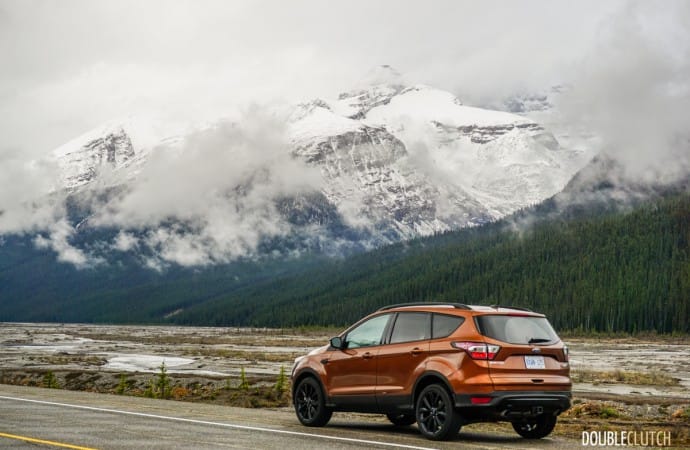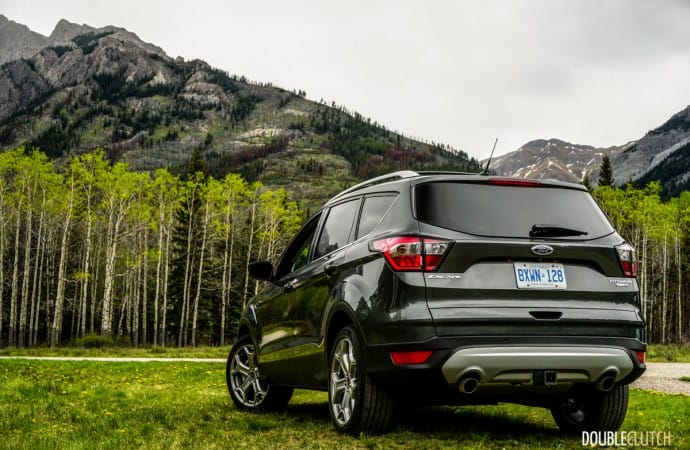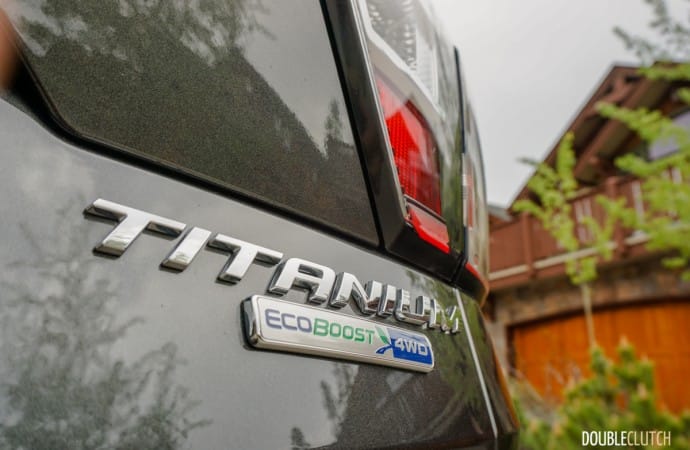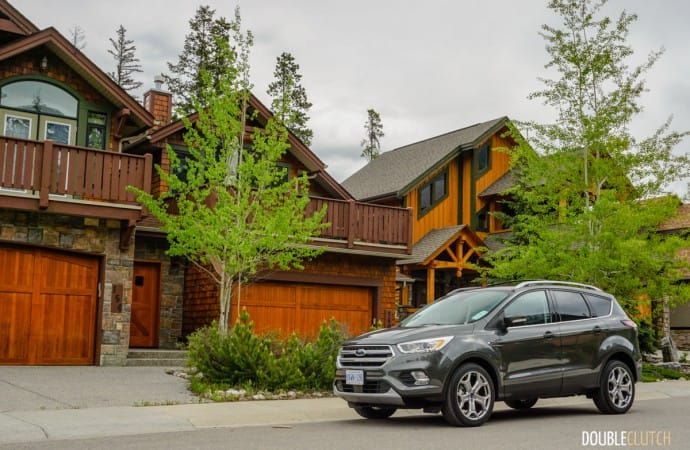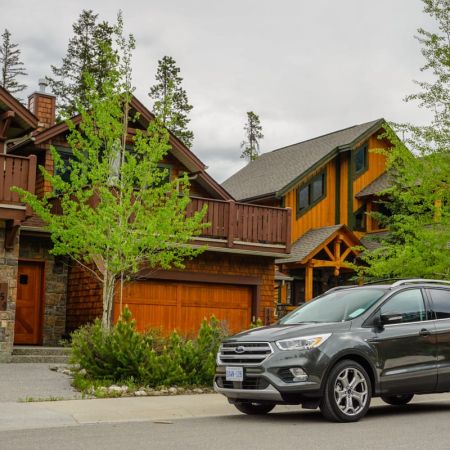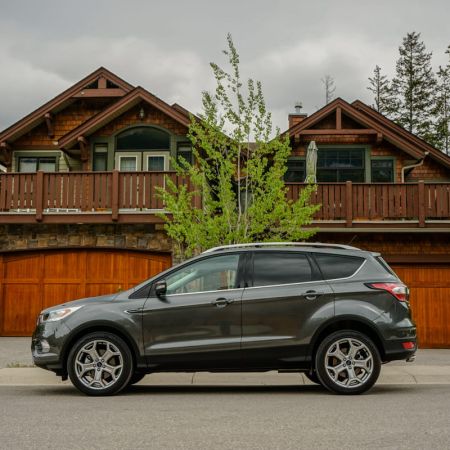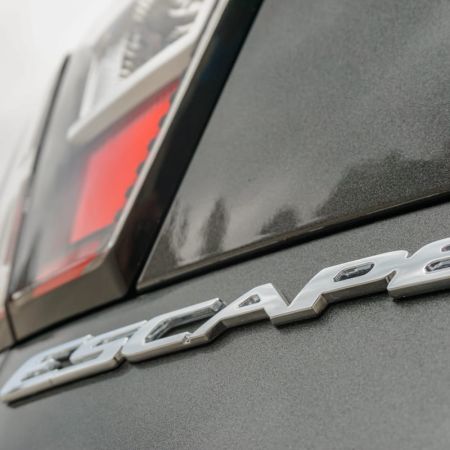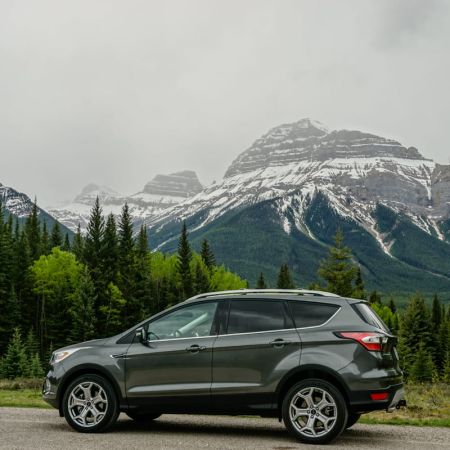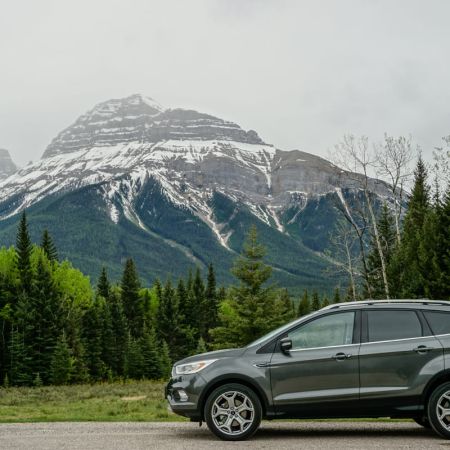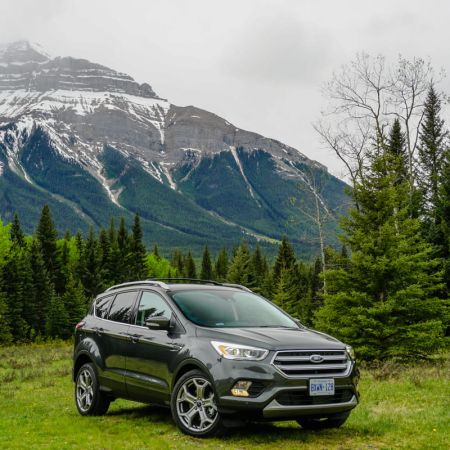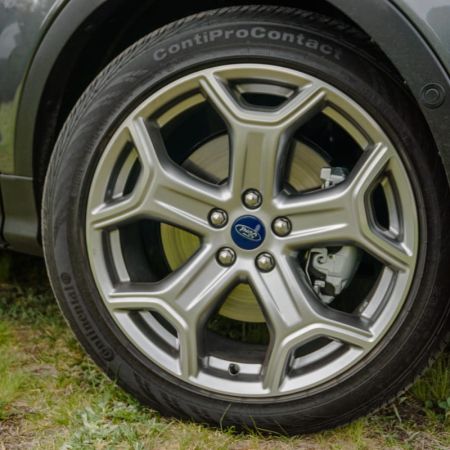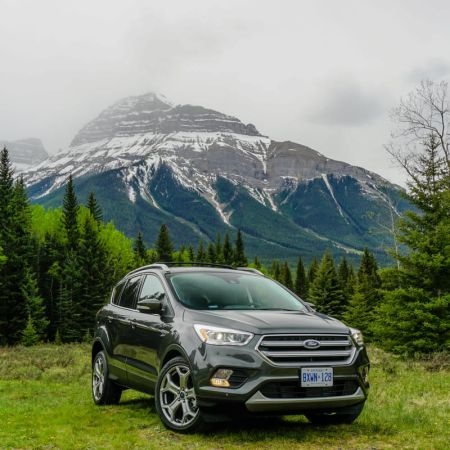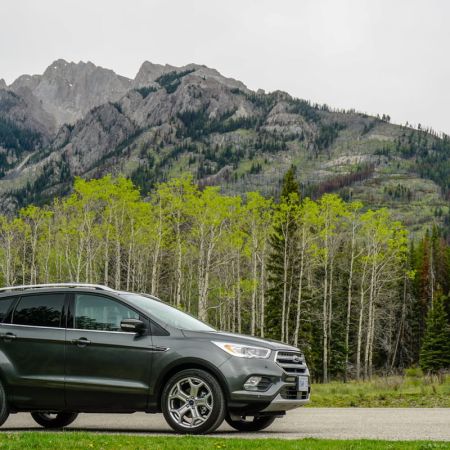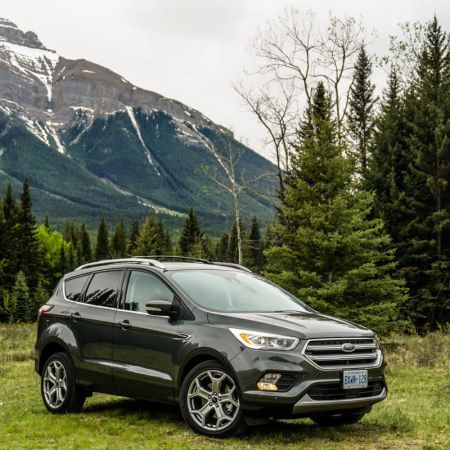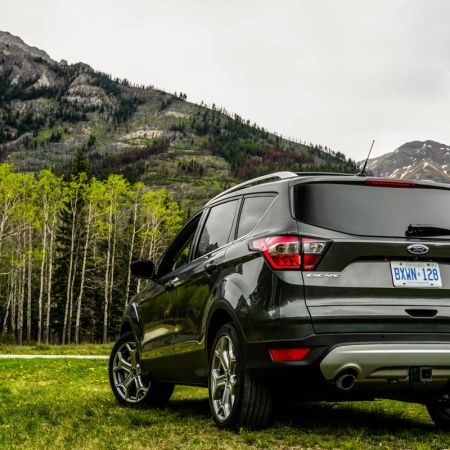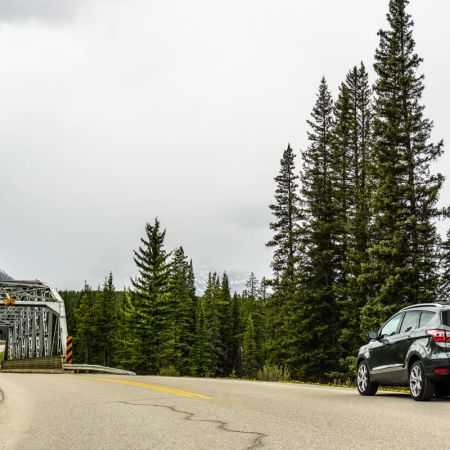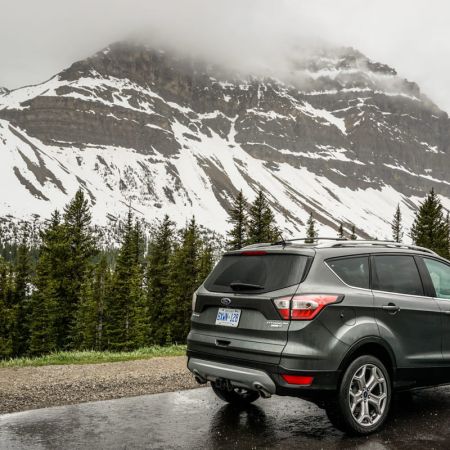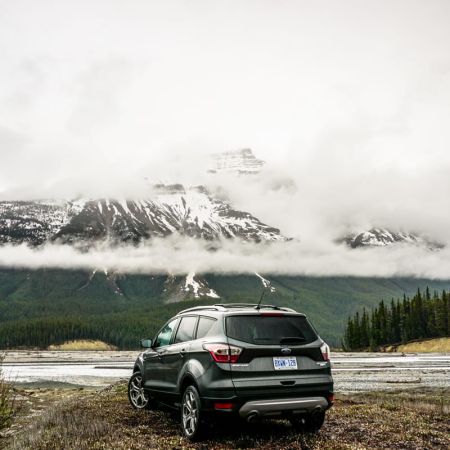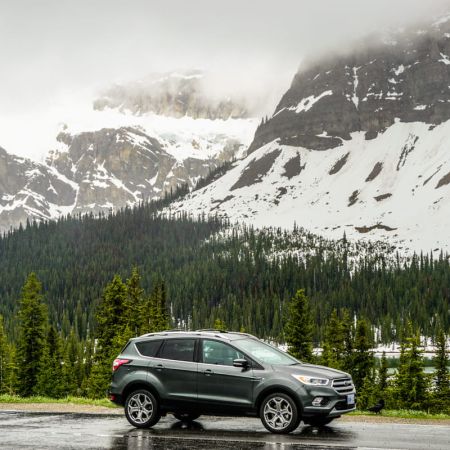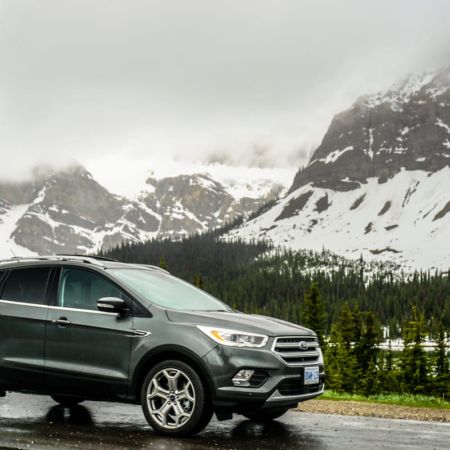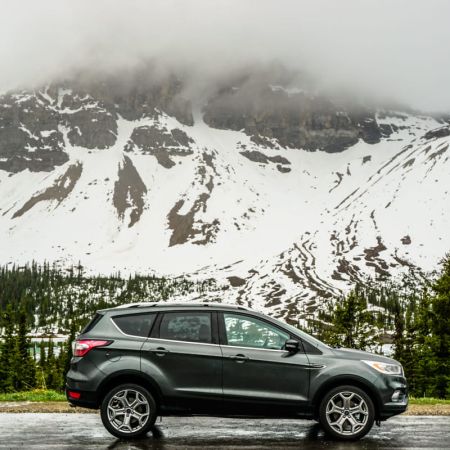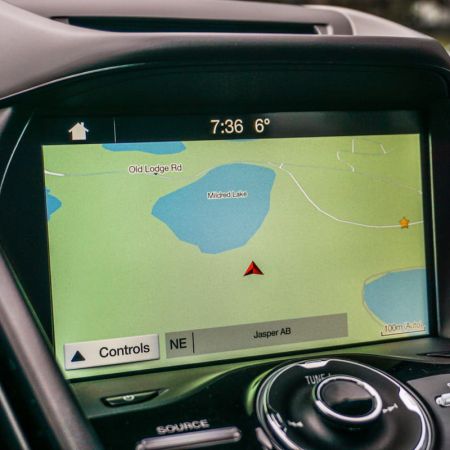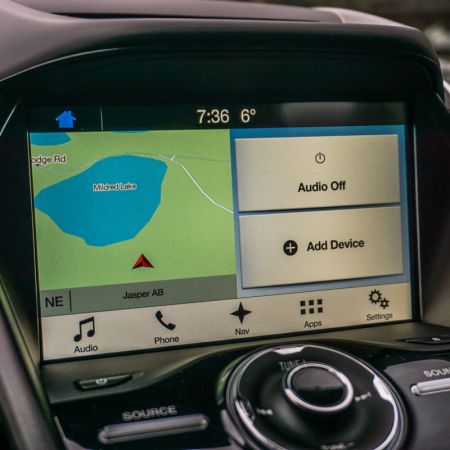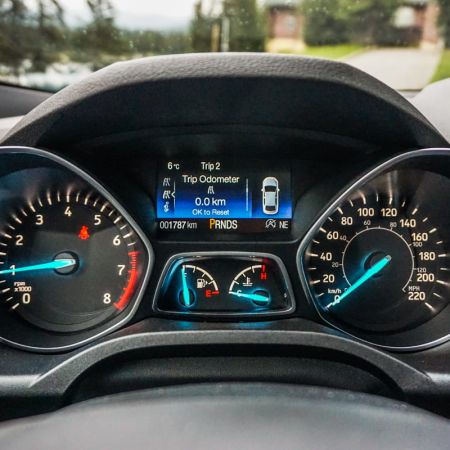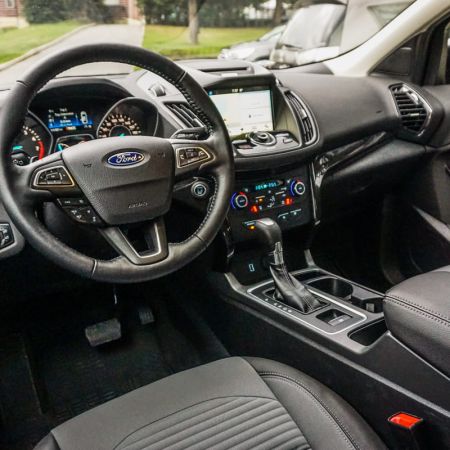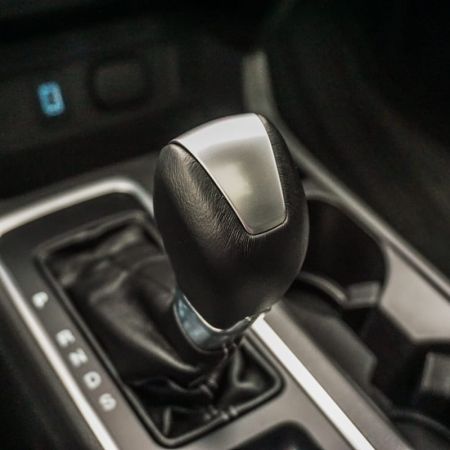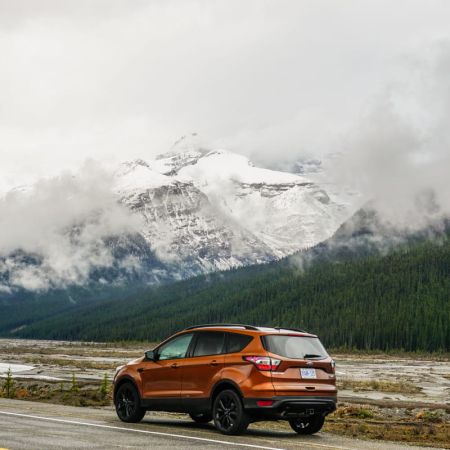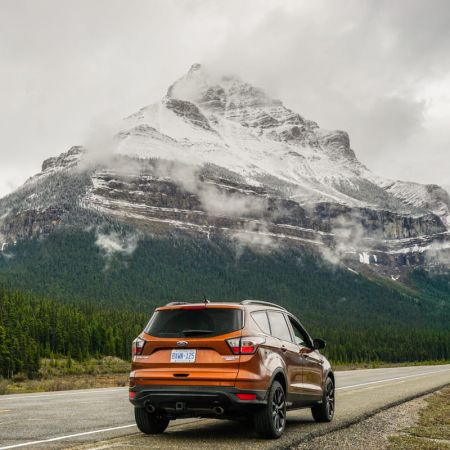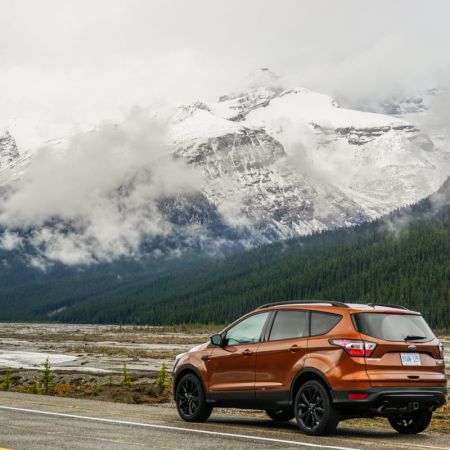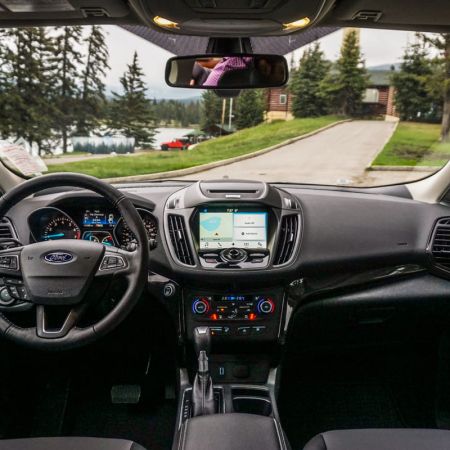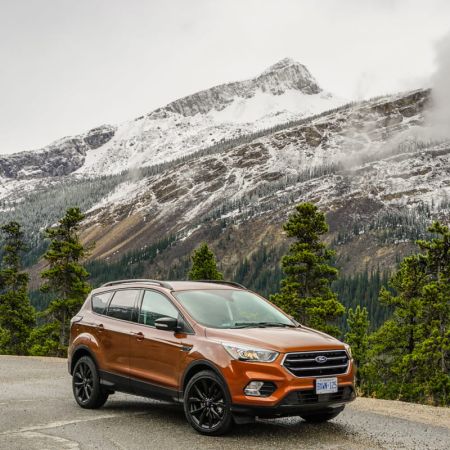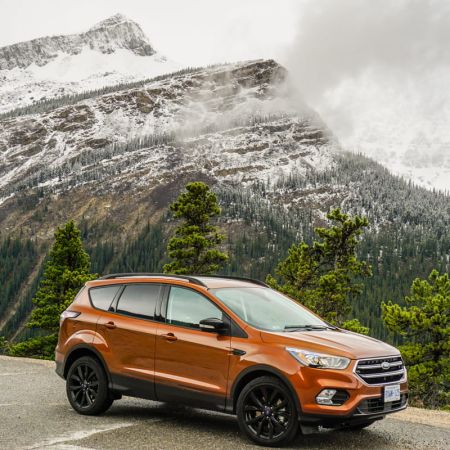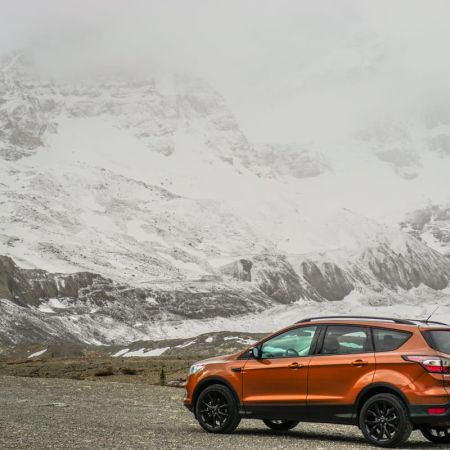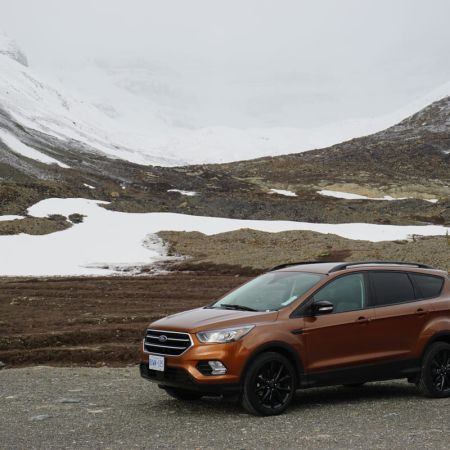Banff, AB – It seems that the crossover fad has transformed from being a craze to a full-on lifestyle. Just like the Internet, it’s something that may have been doubted at first, but is certainly here to stay. Since the Explorer was first introduced in 1991, Ford has been a serious player in this segment, introducing a full lineup of SUVs and later crossovers to stay up to date with other automakers. The Escape came to be in 2001, and is now in its third generation. Ford invited me out to the stunning Rocky Mountains in western Canada to sample the 2017 Ford Escape for the first time, and determine just how good the refreshed model is in relation to its predecessors.
Considering just over 47,000 Canadians bought new Escapes last year, it’s an important vehicle for the blue oval, and is the most sold compact SUV in the segment. This number actually makes the Escape the best-selling Ford product after the F-150. Fully redesigned for 2013, the current Escape boasts Ford’s latest styling language – something the brand takes huge pride in. This is easily one of the best-looking crossovers in its class, with pleasant styling and excellent proportions. In a sea of blandness and beige, the Ford’s edgy and interesting design stands out.
For 2017, the Escape gets a new fascia and a freshening in the rear too. Gone is the smiling face, replaced by a more grown up Ford SUV grille with active grille shutters, almost exactly like the larger Edge (reviewed here). The new headlights and taillights are better looking than the outgoing model and give the Escape an overall wider and more substantial stance. There is a new LED strip on the headlights, which functions as the daytime running lights as mandated in Canada. An optional Sport package (on Titanium and SE models) gives you smoked taillights, black headlight surrounds, 19” black wheels, and sportier seats. All 2017 Escapes get fresh, new wheel designs.
Stepping into the car, both my driving partner and myself immediately noticed the revisions made to the new model. Though not a fully redesigned interior, Ford has ensured that drastic steps have been taken to remodel the dash and center console to make for a little bit more storage space, something crossover drivers typically cherish. The old MyFordTouch system is gone, replaced by SYNC 3 for the 2016 model year. This system is a huge improvement and has capability for Apple CarPlay and Android Auto, which has rapidly become the gold standard in automotive mobile connectivity. The Titanium model also offers lane-keep assist, blind spot monitoring, as well as radar-guided adaptive cruise control.
The seats are very comfortable, and the materials used within the cabin are not chintzy or cheap-feeling. Sightlines are very good as well, and the optional panoramic Vista Roof brightens up the interior significantly. Additionally, Ford has implemented some of their latest technologies, such as the Active Park Assist capable of automatically parking the car using sensors and cameras. The Escape is the only vehicle in its segment to offer this, along with the foot-activated tailgate opener. This debuted on the 2013 model and opens the tailgate by just kicking your foot under the rear bumper.
Under the hood of the Escape is a series of Ford’s latest EcoBoost engines. The old 2.5L inline four-cylinder is available on the base Escape S, whereas stepping up to the SE brings the all-new EcoBoost 1.5L turbocharged four-cylinder. This motor gives the Escape 179 horsepower and 177 lb-ft of torque, which is right in line with most rivals like the Honda CR-V (reviewed here) and Chevrolet Equinox. The range-topping powertrain is the 2.0L twin-scroll turbocharged four-cylinder, which has 245 horsepower and 275 lb-ft of torque. The only competitors that offer a hot powertrain like this are the Kia Sportage (reviewed here) and the Subaru Forester XT. A loose rival, though a bit larger in size, is the Hyundai Santa Fe Sport.
The Escape’s six-speed automatic transmission (with paddle shifters on higher-spec models) sends power to all four wheels effortlessly – we only drove the all-wheel-drive model. There is also torque-vectoring control on this vehicle, which seamlessly balances torque delivery, maximizing control and ensuring handling is sharp when swift maneuvers are required. Thanks to all of this, the car drives great. Throttle response is smooth and linear, and the torque curve on the EcoBoost powertrains is confidence inspiring. There is a little bit of turbo lag evident on the 1.5L model, but not enough for most buyers to even notice.
Fuel efficiency is always important when crossover shopping, and Ford knows this. The Escape is one of the only crossovers at this price point that offers start/stop technology (standard equipment on all EcoBoost-powered models), which does a little bit to help save when stuck in gridlock. The 1.5L with FWD is the most efficient model, rated for 10.2L/100km in the city and 7.8L/100km on the highway. On the other end of the spectrum, the 2.0L with AWD is rated for 11.5L/100km city and 8.7L/100km highway. Though optimal fuel economy numbers for the EcoBoost models are using premium fuel, the Escape can get away just fine using 87-octane.
We spent hundreds of kilometers in the Escape driving from Calgary to Jasper National Park, via Lake Louise. While enjoying the stunning roads (and some brief travel off the beaten path) through Canada’s Rocky Mountains, we came to the conclusion that one of the biggest improvements over the outgoing Escape is attention to quietness. I found the last car to be decently quiet, but Ford seems to have taken additional steps to make the latest one even quieter and smoother in operation. Ride quality is also good, though the optional 19” wheels on the Sport package with lower profile tires do worsen ride quality. The sweet spot is the Titanium without the Sport pack.
Pricing for the 2017 Escape starts at just $25,099 for the base S front-wheel-drive model, aggressive pricing considering the tough competition out there. The SE with all-wheel-drive is $29,799, while the Titanium AWD is $35,999. Ford offers a plethora of standalone options and packages, and thanks to these, the Titanium models we sampled were fully loaded and stickered for just over $42,000. This isn’t far off from the 2016 Hyundai Tucson we sampled with a similar price.
The volume seller for the Escape in Canada is the well-equipped SE model, which Ford says about 70% of buyers opt for. When comparing the car to the likes of the Mazda CX-5 (reviewed here) and Subaru Forester, it becomes evident what makes the 2017 Ford Escape stand out. The outdoorsy couple or small family that appreciates a library-quiet ride, punchy powertrains (that still maintain great efficiency), awesome technology and attractive styling will find the Escape to be a perfect match.
First Drive: 2017 Ford Escape Gallery
See Also:

